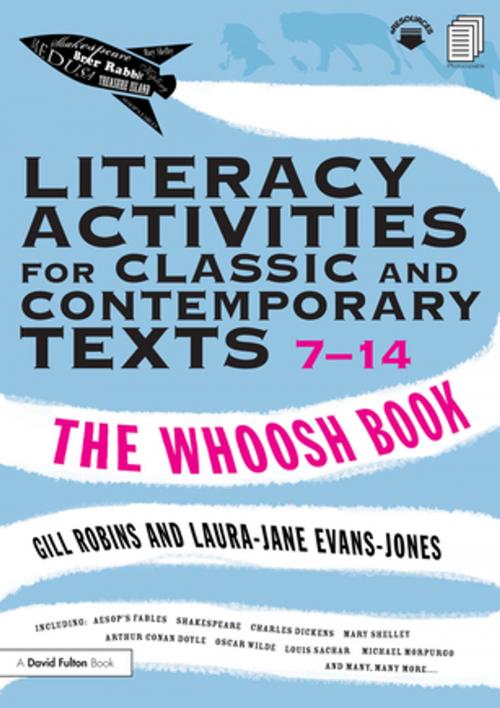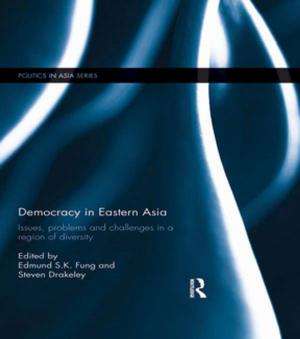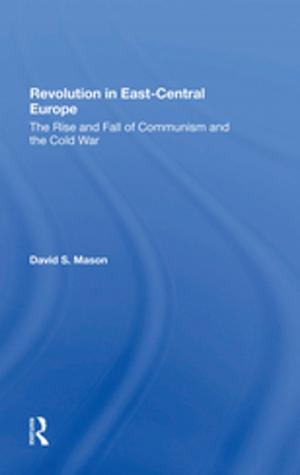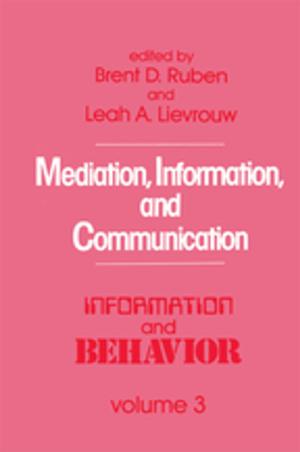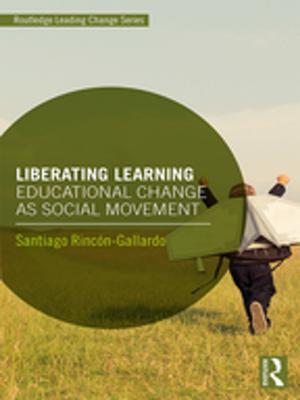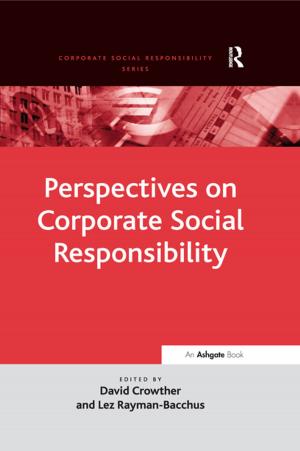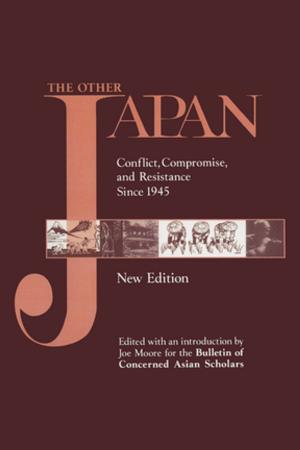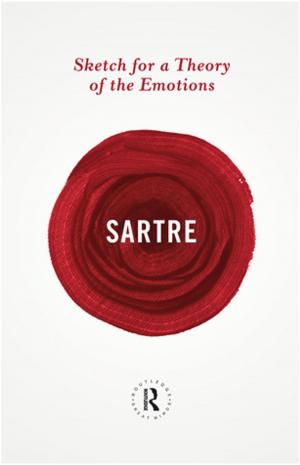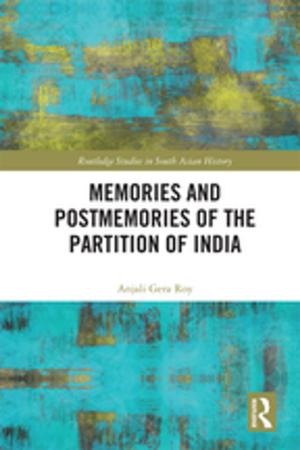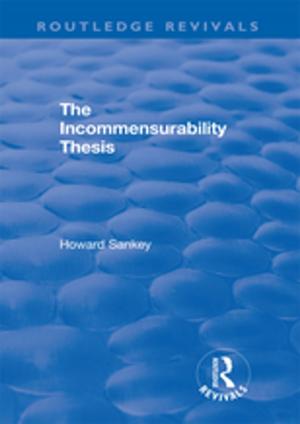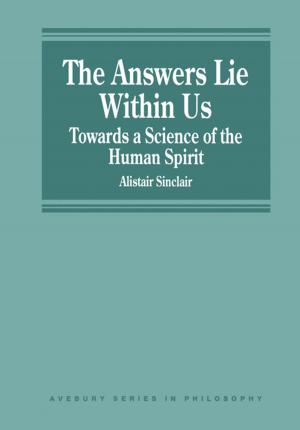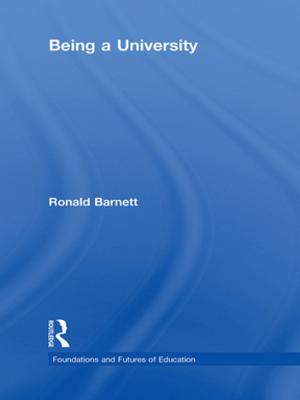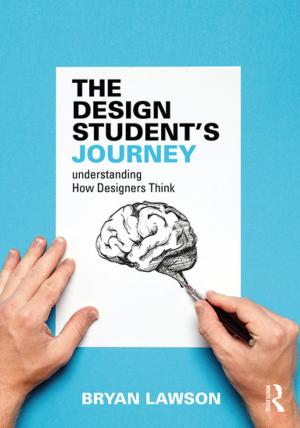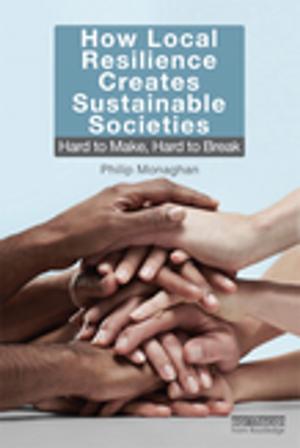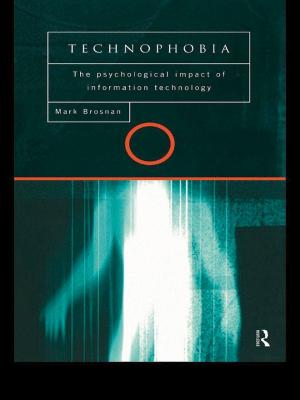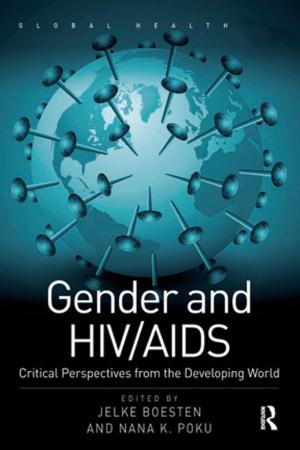Literacy Activities for Classic and Contemporary Texts 7-14
The Whoosh Book
Nonfiction, Reference & Language, Education & Teaching, Secondary Education, Elementary| Author: | Gill Robins, Laura-Jane Evans-Jones | ISBN: | 9781134963577 |
| Publisher: | Taylor and Francis | Publication: | September 17, 2016 |
| Imprint: | Routledge | Language: | English |
| Author: | Gill Robins, Laura-Jane Evans-Jones |
| ISBN: | 9781134963577 |
| Publisher: | Taylor and Francis |
| Publication: | September 17, 2016 |
| Imprint: | Routledge |
| Language: | English |
English teachers are always keen to explore new ways of motivating their pupils to engage with reading, both for learning and for pleasure. Literacy Activities for Classic and Contemporary Texts 7-14 is a practical, friendly book which uses the ‘whoosh’ to cover some of our best known classic and contemporary texts and offers a thoroughly enjoyable way for pupils to become part of the story, rather than just passive recipients of it. As an innovative and active learning strategy, the whoosh technique allows all students, regardless of gender, age, ability, learning need or command of language, to partake on an equal footing.
For younger pupils, the activities in this book provide an ideal way to internalise structure and key elements in story telling through physical response. For older students, they provide an enjoyable way to engage with challenging texts as well as facilitating the analysis of themes, issues, characterisation and setting. Students themselves become the story as its characters, sounds and even objects – once they are familiar with whooshing, many students will want to write and produce a whoosh of their own.
Classic authors and texts covered by this book include:-
- Aesop’s fables, Greek myths and legends;
- Beowulf, Sir Gawain and the Green Knight, Oscar Wilde;
- Shakespeare (The Tempest, Twelfth Night, Hamlet, A Midsummer Night’s Dream);
- Charlotte Bronte, Charles Dickens, George Eliot, Robert Louis Stevenson, Mary Shelley;
- Andrew Norriss , Frank Cottrell Boyce, Nina Bawden*,* Michelle Magorian and much more...
You can use a whoosh to introduce a new text, to examine conflict, dilemma, plot, setting or characterisation, whoosh a controversial section of text to provoke discussion, or overcome reluctance to engage with archaic language by whooshing key sections of a story. Discussion starters, lesson objectives and follow-up activities are included throughout the text alongside the whooshes, and scripts enabling pupils to deliver dialogue are provided on the book’s eResource.
This book is an invaluable resource, providing whooshes across a wide range of genres to meet the learning needs of children from 7 to 14, for both practising primary and lower secondary teachers.
English teachers are always keen to explore new ways of motivating their pupils to engage with reading, both for learning and for pleasure. Literacy Activities for Classic and Contemporary Texts 7-14 is a practical, friendly book which uses the ‘whoosh’ to cover some of our best known classic and contemporary texts and offers a thoroughly enjoyable way for pupils to become part of the story, rather than just passive recipients of it. As an innovative and active learning strategy, the whoosh technique allows all students, regardless of gender, age, ability, learning need or command of language, to partake on an equal footing.
For younger pupils, the activities in this book provide an ideal way to internalise structure and key elements in story telling through physical response. For older students, they provide an enjoyable way to engage with challenging texts as well as facilitating the analysis of themes, issues, characterisation and setting. Students themselves become the story as its characters, sounds and even objects – once they are familiar with whooshing, many students will want to write and produce a whoosh of their own.
Classic authors and texts covered by this book include:-
- Aesop’s fables, Greek myths and legends;
- Beowulf, Sir Gawain and the Green Knight, Oscar Wilde;
- Shakespeare (The Tempest, Twelfth Night, Hamlet, A Midsummer Night’s Dream);
- Charlotte Bronte, Charles Dickens, George Eliot, Robert Louis Stevenson, Mary Shelley;
- Andrew Norriss , Frank Cottrell Boyce, Nina Bawden*,* Michelle Magorian and much more...
You can use a whoosh to introduce a new text, to examine conflict, dilemma, plot, setting or characterisation, whoosh a controversial section of text to provoke discussion, or overcome reluctance to engage with archaic language by whooshing key sections of a story. Discussion starters, lesson objectives and follow-up activities are included throughout the text alongside the whooshes, and scripts enabling pupils to deliver dialogue are provided on the book’s eResource.
This book is an invaluable resource, providing whooshes across a wide range of genres to meet the learning needs of children from 7 to 14, for both practising primary and lower secondary teachers.
